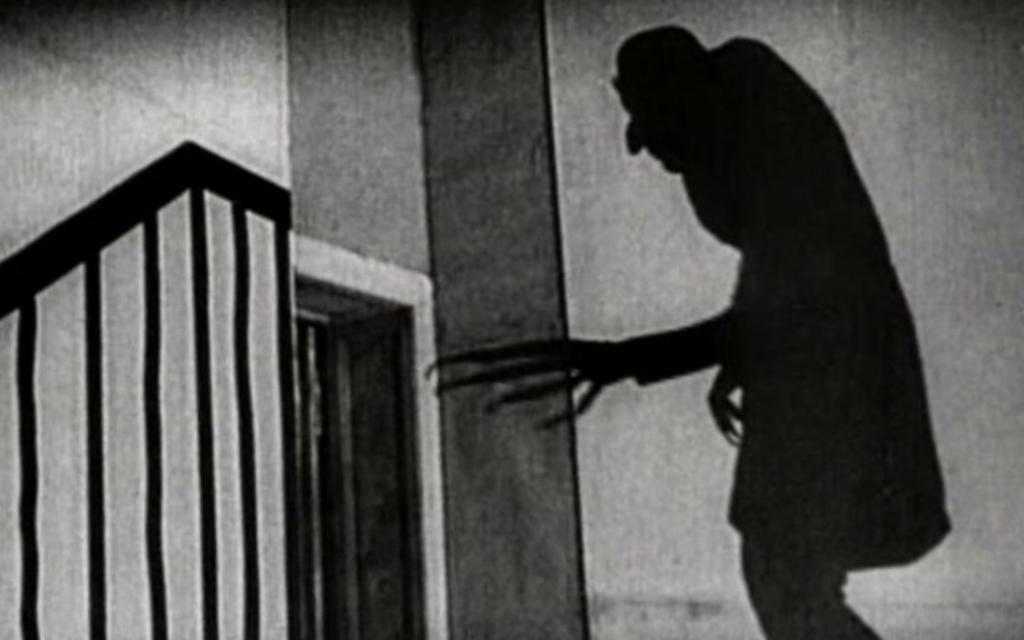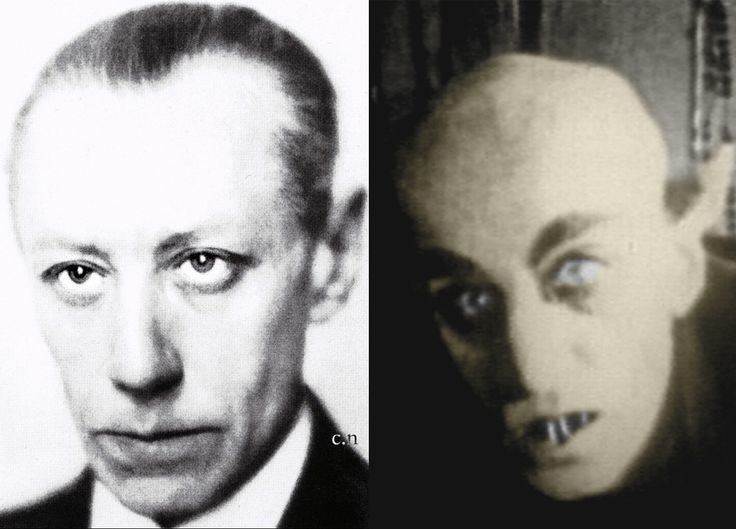In 19th-century Gothic literature, vampires were first called the previously unknown word - nosferatu. The meaning of this name is rooted in the unknown. Some claim that the word is of Romanian origin, others - that it was simply invented by one of the pioneers of the horror genre in literature. Let's try to figure out who the Nosferatu are.
The appearance of Nosferatu
The concept of “nosferatu” is inextricably linked with Bram Stoker's “Dracula”: the popularity of the novel entered this word into modern English. However, Bram Stoker himself said that he saw this word in the writings of another 19th-century writer, Emily Gerard. Emily was married to Mezyslaw Lazowski, a Polish officer in the Austro-Hungarian army. In the years 1883-1885, the officer served in the very heart of Transylvania - the cities of Hermanstadt (modern Sibiu) and Kronstadt (Brasov). Emily at that time was engaged in studying local folklore. Then, in 1885, she published her first book on this subject, “Superstitions of Transylvania,” and three years later, another “Earth Behind the Forest: Facts, Figures, and Fables from Transylvania.”

But even before Emily’s work, several German-language articles were written that mentioned Nosferatu — horror-terrorizing villages in the Transylvanian wilderness. The described monster possessed the habits of a creature that we now know as a vampire: he drank the blood of his victims, attacking exclusively at night, and had the ability to turn unhappy ones like himself. In addition, vampires were credited with the ability to seduce innocent young girls, drink their blood and make them their wives. You could kill them only by scoring an aspen stake in your heart, or by cutting off your head.
More popular than Dracula: the role of the movie in the history of Nosferatu
Bram Stoker's novel "Dracula" was released in 1897 and did not immediately find popularity. Readers accepted it quite successfully, but not deafeningly - to come to the worldwide fame of "Dracula" was coming later.
The world learned who Nosferatu is in 1922, after the release of the film by the German film director Friedrich Murnau, "Nosferatu, Symphony of Horror." Initially, it was supposed to be an exact adaptation of Stocker's novel, but the widow of the writer did not allow her to buy the rights to the work of her husband. Therefore, the scriptwriters had to change the names of the characters, the place and time of the action. So among the classic film monsters appeared Nosferatu, he is - Count Orlock.

It was because of this film that the idea appeared that vampires could not stand sunlight and should sleep in the coffin during the day. In the original novel, the sun made the night monsters weaker, but did not burn to the ground. Also thanks to the Murnau ribbon, the classic look of Nosferatu was formed - a bald head, a humpback nose, and hooked fingers. The monster was embodied by the German actor Max Shrek. There were rumors that the leading actor did not even have to make the maximum makeup - Shrek's appearance was so ugly. When looking at the photo, it becomes clear that this is not true, but these gossip contributed to the creation of another version of the history of Nosferatu in 2000 (read below).
Remakes of the original Nosferatu
In 1978, the plot was re-read by another German director, Werner Herceg, in the film Nosferatu - The Phantom of the Night. Herzog considered the “Nosferatu” of 1922 a masterpiece and decided to remove his own remake in memory of him. The role of Nosferatu in this film was played by the German actor Klaus Kinsky. The image of a vampire fits well with his role as a psychopath and a killer.
Another version of the story was Edmund Meridge's Shadow of the Vampire, released in 2000. It tells in an original way who Nosferatu is in the 1922 film. According to the plot, in fact, there was no Max Shrek, and Nosferatu (William Defoe) is played by a real vampire, gradually starting the hunt for the lead singer Greta Schroeder. The aforementioned gossip about Max Shrek's appearance might have contributed to writing such an original script.
Options for the origin of the word
There are several versions of the origin of neologism nosferatu. According to one of them, the source was the Greek word "nosophoros", meaning "carrying the disease."
In addition, in Romanian, the word suflu means “breath”. A good explanation of who such a nosferatu is that it may be a fictitious form of the word "lifeless." In addition, there is the Romanian word nesuferit, which means disgusting or disgusting. What is noteworthy, this word is often used in relation to the devil.